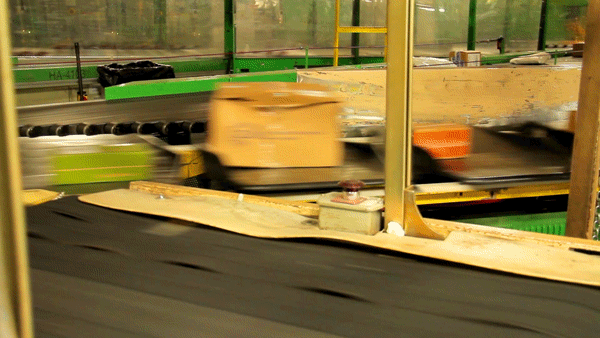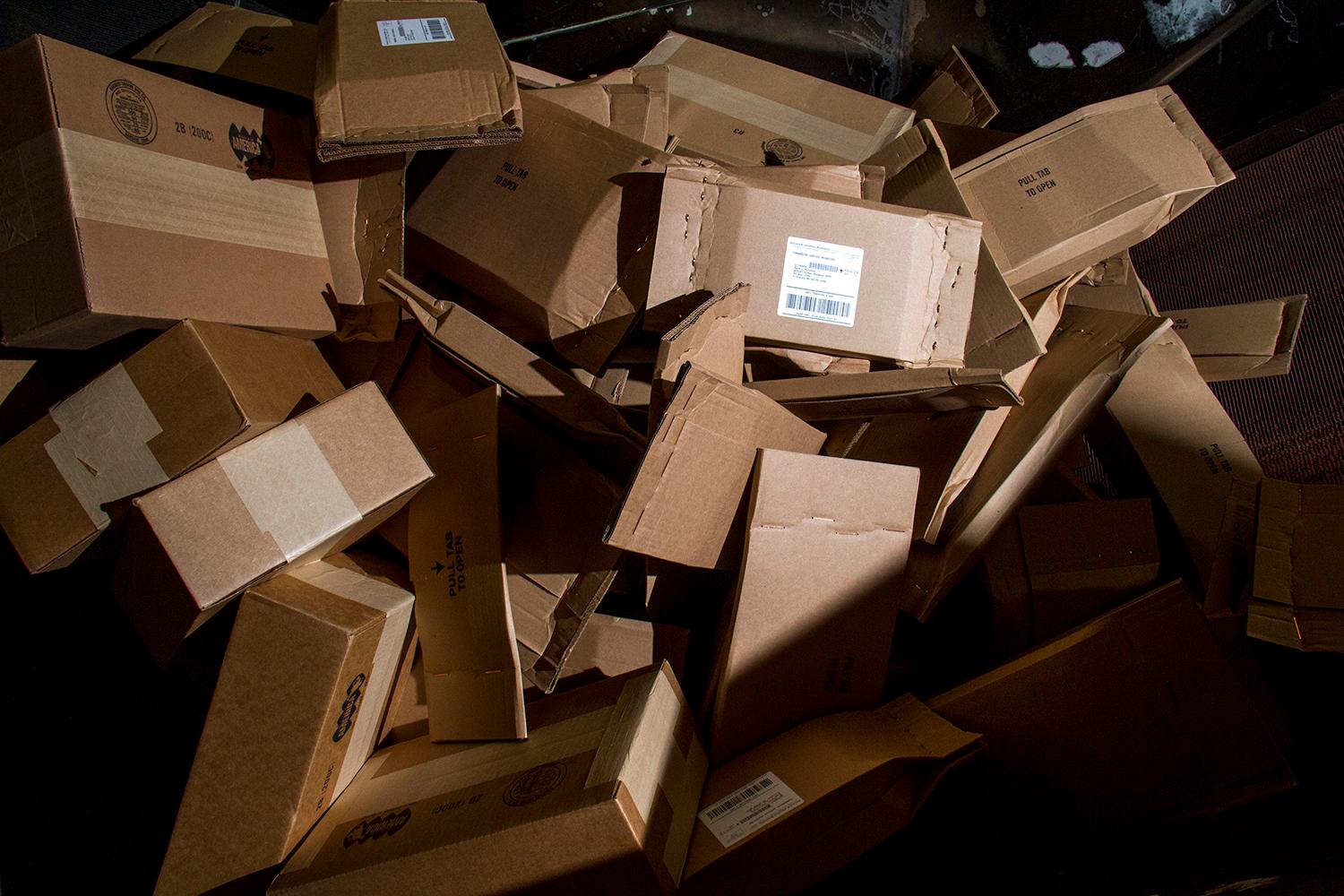
The designers of Alta City House laid out their floor plan with the Amazon generation in mind. The new apartment building near Union Station includes a full room with rows and rows of shelves, just for packages, and a bank of about two dozen lockers for U.S. Postal Service deliveries.
It was more space for mail than assistant manager Chelsea Warne had seen in the previous three buildings where she worked.
No more struggling to clear out space for new deliveries, right?
Wrong.
Within four months, the package room was nearly full even though the building was still half vacant, and it only got worse.

“Then came Christmas 2015, and it was a disaster," Warne said. "I would say four hours of my day was spent receiving and organizing packages.”
Warne and the rest of her staff are victims of millennial shopping habits.
A survey by the professional services firm PwC indicates shoppers are most often drawn online by convenience and lower prices, while a Business Insider report last year found that millennials (defined here as ages 18 to 34) on average spent $2,000 per year at online stores, more than any other age group.
The result: The U.S. Postal Service is delivering 60 percent more packages from its downtown Denver hub, compared to just a year ago.
That’s way beyond both central Denver's population growth (about 3.3 percent per year since 2010), downtown employment growth (about 2.6 percent per year since 2010) and the overall national increase in parcel volume, which was about 13 percent per year in the most recent data.
“It continues to go up dramatically as people’s shopping and shipping habits change,” said David Rupert, a regional spokesman for the U.S. Postal Service.
Beyond the regular delivery services, apartment communities also are dealing with on-demand delivery services like Instacart.

So, here’s how private and public organizations in Denver are reacting to that change, including one option customers have to make it easier:
- Apartment building managers are investing in lockers that can store packages and allow residents to pick them up themselves, without building staff having to store and retrieve them. Warne’s building is planning to get a second locker system, but it ain’t cheap – think $30,000 apiece.
- The postal service is delivering Amazon packages on Sunday, when there isn't regular mail service.
- USPS also has a huge new sorting machine at its Denver General Mail Facility, and it's testing curbside delivery boxes for single-family homes in Broomfield.
Ultimately, the trend might force a rethink of the door-to-door delivery model. UPS already offers a package pickup service in Denver, which allows customers to have packages delivered to local businesses or other central locations. Amazon has a similar locker-based service, but it doesn't list any locations in Colorado.
It's an interesting proposition: Why would you want to have your package delivered anywhere except home?

For one thing, the UPS pick-up service offers free shipping from certain online retailers. The central locations also solve the frustrations of trying to sign for a package that keeps arriving at the wrong time.
Eventually, Denverites might turn to a service like Doorman, which for $20 a month will collect and deliver packages at whatever time is convenient. (It's only in Chicago, San Francisco and New York City so far.)
Consumer habits, meanwhile, are unlikely to provide any relief for those on the front lines of delivery. Amazon is even building a distribution center in Aurora to get the packages moving quicker.
"I get it," Warne said. "We’re used to just getting instant gratification. It’s there, it’s ordered and it’s going to be here in two days for free."













